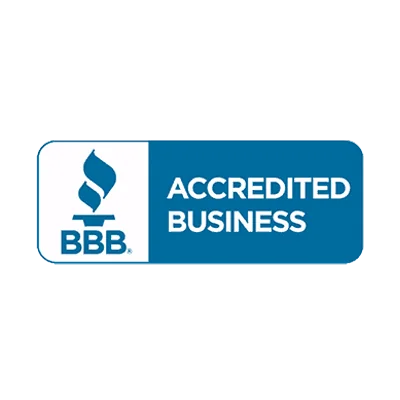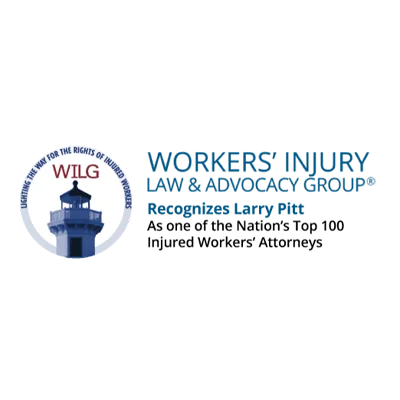Recovering
$ MILLIONS
For Injured Workers
Representation for Workers Hurt in Trenching and Excavation Accidents
Trenching and excavation accidents are on the rise according to the Occupational Safety and Health Administration (OSHA). Cave-ins, falling loads, and hazardous atmospheres are just some of the dangers that workers face. The dedicated workers’ compensation lawyers at Larry Pitt & Associates, P.C. help Pennsylvania workers and their families obtain maximum workers’ compensation benefits for trenching and excavation-related injuries.
GET A FREE CONSULTATION WITH LARRY PITT
Philadelphia Workers’ Compensation Lawyers at Larry Pitt & Associates, P.C. Help Workers Injured in Trenching and Excavation Accidents
If you were injured, or have lost a loved one in a trenching or excavation accident, contact a Philadelphia workers’ compensation lawyer at Larry Pitt & Associates, P.C. You may be eligible for various forms of workers’ compensation, including payment for medical expenses, lost wages, specific loss, and death benefits. We represent injured workers in Philadelphia and throughout Pennsylvania. For a free consultation, please call us at 888-PITT-LAW or complete our online contact form. Larry Pitt & Associates helps throughout:
Trenching and Excavation Hazards
OSHA reports that the fatality rate for excavation work is 112 percent higher than that for general construction work. Workers are particularly at risk from cave-ins, or trench collapses, which cause dozens of fatalities each year.
Cave-Ins
Cave-ins are the main cause of fatalities in trenching and excavation accidents. Workers may become trapped and killed beneath heavy soil if the proper precautions are not taken. OSHA requires that soil analysis be completed by a professional to determine the proper sloping, shoring, and shielding systems for the site.
- Sloping: This method involves cutting the trench wall so that it is angled away from the excavation.
- Shoring: Installing supports for the sides of the excavation, such as aluminum hydraulics, helps to prevent soil movement.
- Shielding: Trench boxes, often made of steel or aluminum, shield workers and protect them from cave-ins.
Additional Hazards
In addition to trench collapse risk factors, there are other hazards that put workers’ safety at risk. Some common hazards include:
- Falling loads: Workers may become seriously injured or killed by falling loads, material, or equipment. OSHA recommends keeping materials and equipment at least two feet from the edge and/or using a retaining device.
- Hazardous atmosphere: OSHA requires that atmospheric testing be done on excavations greater than four feet in depth and where there may be an oxygen deficiency or hazardous atmospheric conditions. If the proper precautions are not taken, workers may suffocate or be exposed to toxic gasses and chemicals.
- Electrical hazards: When digging, workers may hit underground utility lines or pipes that may cause workers to suffer electric shock, electrocution, or exposure to natural gas. OSHA requires employers to communicate with utility companies to determine the exact location of utility installations before operations begin.
- Heavy machinery: Backhoes, trucks, and other heavy machinery are often used on trenching and excavation sites. If operated improperly, workers may become seriously injured in accidents such as rollovers.
OSHA Standards for Working Safely in Trenches
OSHA has set forth specific standards to prevent trenching and excavation accidents in the construction industry. Generally, trenches between five and 19 feet require a protective system, and those 20 feet or deeper must have in place a protective system designed by a registered professional engineer.
Under the Occupational Safety and Health Act, Pennsylvania employers have a duty to provide workers with safe and healthful workplaces free of known dangers. However, according to OSHA, most work injuries occur due to:
- Lack of protective systems: Protective systems are necessary to prevent workers from being injured in trenching and excavation accidents. When these systems are not in place, workers are at increased risk of injuries such as suffocation, toxic chemical exposure, or crushing injuries.
- Inadequate preparation: Excavations should be inspected before work begins and periodically throughout the project on a daily basis. These inspections should be conducted by a competent person who has training on soil analysis and the use of protective systems.
- Unsafe equipment or spoil pile placement: Equipment and excavated material may injure workers if they are placed too close to the edge of the trench. Employers should therefore ensure that spoils and equipment are set at least two feet back.
- Unsafe access and egress: Workers must often use ladders, ramps, and other methods of access and egress when working in trenches. If the equipment is not appropriately placed or maintained, workers may suffer falls and other serious injuries.
Third Party Liability
Pennsylvania workers may be able to receive additional forms of compensation from responsible third-parties. Third parties, including contractors, subcontractors, vendors, suppliers, and equipment manufacturers, may be liable for injuries caused by their negligence. This type of claim must generally be filed within two years of the injury and if successful, may allow workers to collect damages such as pain and suffering not covered by workers’ compensation.
What Our Clients Say













